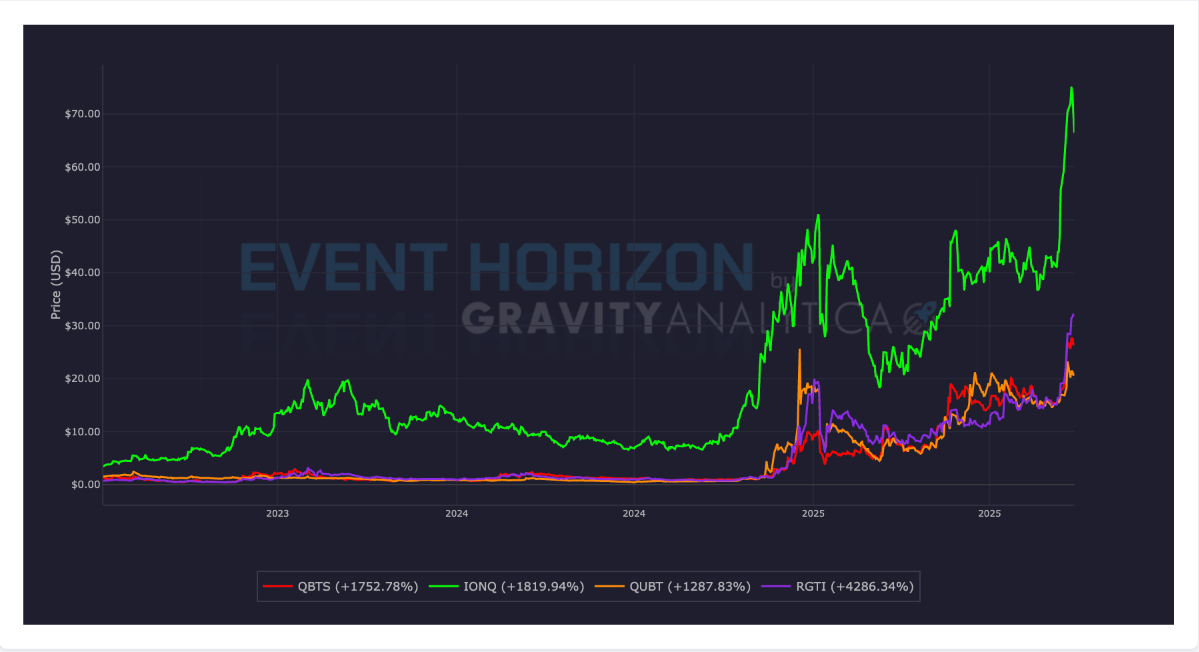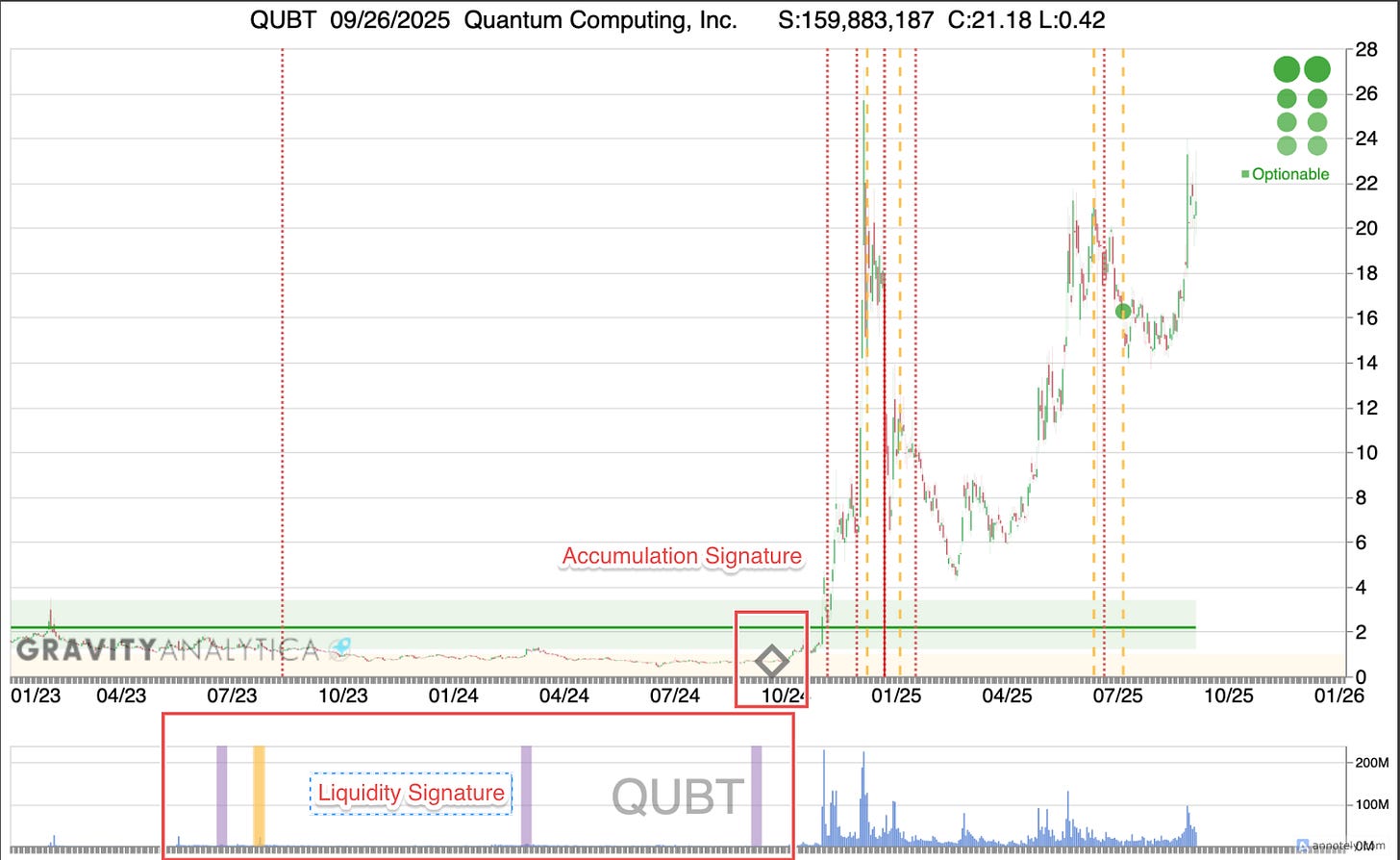Quantum Computers
A Field Guide
There is a lot of commentary about the business of quantum computing. There are far more deep seated issues than just the business model.
The modern computer, the ENIAC (Electronic Numerical Integrator and Computer), was invented in 1945 and was based technology developed half a century prior. The vacuum tube. It occupied a room.
The first transistor developed by John Bardeen and Walter Brattain at Bell Laboratories in 1947 operated at room temperature and near ambient pressure.
The hardest engineering problem for any project - which is building a device that is operable and stable in terrestrial conditions -didn’t need to be solved. Fusion has been trying to over come this problem for 70 years. Whereas as nuclear fission has naturally occurred on Earth, fusion requires gravitational compression to occur and be sustainable.
Even early transistors would maintain a state for hours before erroring out. Even though the first transistors had high failure rates (as high as 50%) there were no environmental barriers to progress.
Not having to solve the most difficult problems was very important and also serendipitous for classical computers. And still it took more than a decade to make a viable computer based on transistors.
Today, the expected bit error rate of a transistor is on the order of 1e-15 or better. This accuracy and stability is necessary to build any reliable system.
Quantum Computers on the other hand have to operate environmentally isolated as magnetic and electrical fields induce errors, also known as decoherence, and must operate at a brisk ~4° utilizing a complicated helium exchange refrigeration system and are only stable for at best milliseconds. Qbits aren’t table top. They’re sci-fi.
The point is the hard engineering problems still have to be solved in quantum computing. Currently, the lowest bit error rates for a quantum computer is 1e-5 (if you believe that report.)
A “useful” quantum computer is theorized to need ~1e6 qbits. Whereas the first computer only needed 17,000 vacuum tubes. And once this figure is achieved and all the hard engineering problems solved, there still is no way to program a quantum computer.
It is very unlikely that there will be a useful quantum computer in my life-time. Just like it is very unlikely there will be a net-energy fusion power plant plugged into any power grid.
Trying to operate a device at room temperature based on physics that can’t exist above 4° is a very hard problem to solve. One that is likely not solvable. Getting a 1e10 increase in stability in a system so twitchy is going to be a very hard problem to solve.
The nature (i.e. the physics an chemistry) underlying classical computers was very friendly to engineers. The nature underlying quantum computer is a bitch.
When you look at the stock price growth of the sector it is very hard to justify the current share price even if there weren’t such hard problems to over come. I see quantum computing in the same vein as fusion and or string theory. Something that will always be just around the corner.
The difference is the early investors in fusion and colliders are States. Not individual investors who want to cash out and buy beach houses. States already own the beach.
Below is $QUBT’s risk-aware chart. Our code has not seen any ∆Liquidity events since September 2024. This implies ALL trading has been retail activity, both long and short covering, and dilution/distribution. This a prototypical pump-and-dump. There was front-run volume in November of 2024 but the smart money got in long before hand.
States can wait for decades or hundreds of years for progress. The executives, staff and 3rd parties involved in these companies are very unlikely to wait to cash out.
These companies are ticking time bombs. And unless the executives are completely delusional morons when sell-side pressure starts it is going to be lemmings off the cliff.
All the QC companies’ charts show similar signature behavior. There has been no positive signature alerts during the entire run.
We are currently not short any of these names. This is just for your edification.
The next chart is just to show off V2.0 chart styling and test and my auto-Substack insert code. Works.
As always, if you think there are spelling errors update your dictionary to the latest version. Happy speculation!
— AJ
We can be found on Twitter.
Or in Chat.
Our charts are updated everyday as new data becomes available and are available via subscription. This is because the costs of doing this analysis across 15,000 US-listed securities is not cheap. Compute is not cheap.
Neither is the effort required to find these plays before they move. If you do nothing but read all day, every day, you can beat the market. But we prefer to sleep in and therefor use code.
DISCLAIMER: DO NOT BASE ANY INVESTMENT DECISION UPON ANY MATERIALS FOUND ON THIS WEBSITE. We are not registered as a securities broker-dealer or an investment adviser either with the U.S. Securities and Exchange Commission (the “SEC”) or with any state securities regulatory authority. We are neither licensed nor qualified to provide investment advice. Our website has been prepared for informational purposes only and is not intended to be used as a complete source of information on any particular company. Past performance is not indicative of future results. The material contained on this page is intended for informational purposes only. GravityAnalytica.com is wholly-owned by Gravity Analytica, LLC. Our website is not an offer nor recommendation to buy or sell any security. We hold no investment licenses and are thus neither licensed nor qualified to provide investment advice. The content of our website and/or newsletter is not provided to any individual with a view toward their individual circumstances. While all information is believed to be reliable, it is not guaranteed by us to be accurate. Individuals should assume that all information contained on our website is not trustworthy unless verified by their own independent research. Also, because events and circumstances frequently do not occur as expected, there will likely be differences between the any predictions and actual results. Always consult a licensed investment professional before making any investment decision. Be extremely careful, investing in securities carries a high degree of risk; you may likely lose some or all of the investment. We reserve the right to buy or sell shares of any company mentioned on our website or in our newsletter at any time. We encourage you to invest carefully and read investment information available at the websites of the SEC at
http://www.sec.gov
and FINRA at
http://www.finra.org





